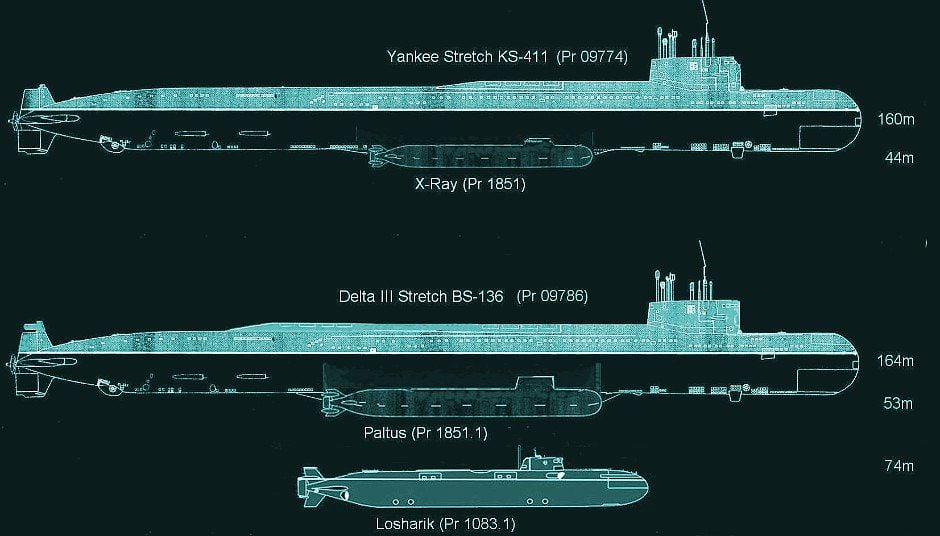A highly specialist vehicle - and doubtless crew. I would assume most would hold the rank because they were PhDs or equivalents in their won fields. Given the depth the vehicle is designed to operate at I would suspect they breathe a highly specialised mix, and wonder if that may have been a factor in the accident.
Referring again to my link above:
”.....The boat was identified by Russian-language news service RBC as Losharik (AS-12), a nuclear-powered submarine that is widely believed to be a key asset for the Russian Main Directorate of Deep-Sea Research, also known as GUGI. GUGI develops and operates a fleet of specialized submarines that Russia uses for deep sea and Moscow’s most covert operations. The organization reports directly to Russian military intelligence — the GRU — rather than the Russian Navy.
Losharik is among the most mysterious of the closely guarded fleet. Fielded in the late 1990s, specifics for the nuclear-powered boat are few. It’s estimated to carry a crew of about 25 and can dive to thousands of feet below the surface, according to the
Military Russia blog. The about 2000-ton boat can travel slung under the belly of a specially modified Delta III nuclear ballistic missile submarine, according to open source intelligence analysts. The purpose and capabilities of Losharik are shrouded in mystery.......
The deep-sea missions the sub is sent on leads Western military analysts to believe the interior of the sub is actually made up of a series of possibly seven orb-shaped spaces, according to Sutton’s
Covert Shores. The sub’s name is derived from a popular Russian cartoon horse that’s made out of juggling balls. The use of orb-shaped compartments, while diminishing the amount of space for living quarters, operating equipment and the propulsion unit, makes the sub stronger and able to dive deeper than a traditional submarine hull.
As for what Losharik does, it’s suspected the Russian government has used the sub’s deep-sea diving capability to extened Russia’s territorial claims to the sea floor under the Arctic Ocean. In 2012, Losharik was part of a large Russian naval exercise in the Arctic, collecting samples to prove the Lomonsov and Mendeleyev Ridges on the sea floor are part of the Russian continental shelf, according to
Unconstrained Foreign Direct Investment: An Emerging Challenge to Arctic Security, a 2017 report by CNA.....
“.........The vessel is the most advanced Russian submersible, under a heavy veil of secrecy, and it is believed to have entered service in 2010. It is named after a Soviet-era animated cartoon horse that is made up of small spheres. The name is apparently derives from the unique design of its interior hull, which is made of titanium spheres capable of withstanding high pressure at great depths.
In 2012, the Losharik was involved in research intended to prove Russia’s claim on the vast Arctic seabed. It collected samples from the depth of 2,500 meters (8,202 feet), according to official statements at the time. Regular submarines can typically dive to depths of up to 600 meters (2,000 feet). Some observers speculated the Losharik was even capable of going as deep as 6,000 meters (19,685 feet), but the claims couldn’t be independently confirmed......”
